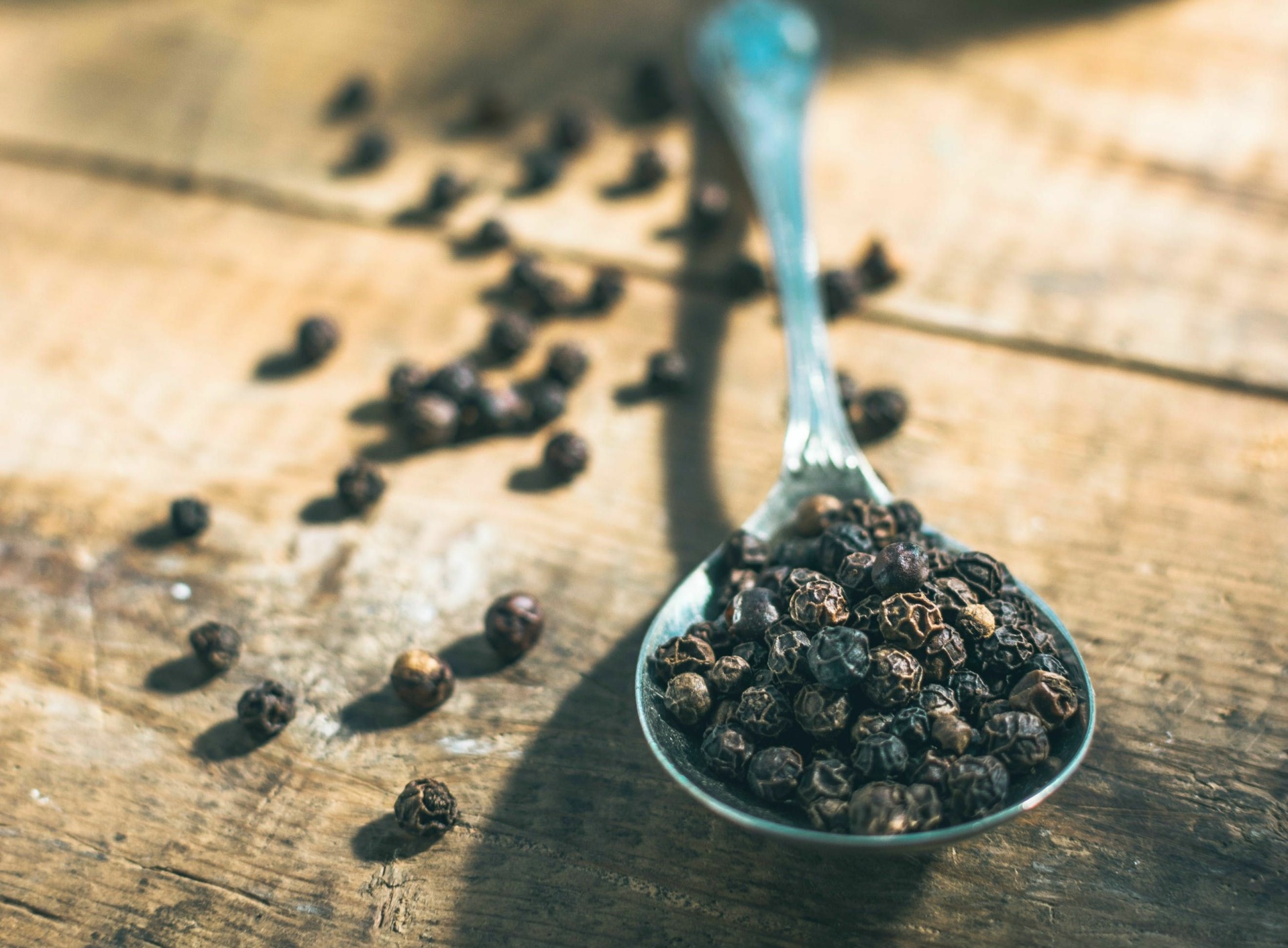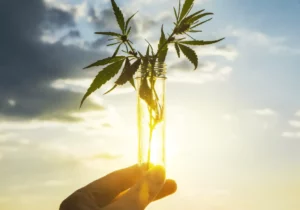Have you tried taking cannabidiol (CBD) for a condition, but didn’t get the results you were looking for? You’re not alone. Plenty of folks have tried CBD for various ailments with less than stellar results. That’s to be expected: No medicine works well for everyone 100% of the time.
However, if you’ve had some luck with CBD but wish the results were a little better, you may want to think about adding a bit of beta-caryophyllene to your dosing regimen. This compound, which is found in many plants—including hemp, has powerful anti-inflammatory properties. And anecdotal evidence suggests that it can make CBD more effective.
FOLLOW US ON FACEBOOK & INSTAGRAM
What Is Beta-Caryophyllene?
Beta-caryophyllene is a terpene. These aromatic compounds are what give certain plants their characteristic smells and flavors. Think of the bright, citrusy aroma of a lemon—that’s due to the terpene limonene. Beta-caryophyllene on the other hand is responsible for the spicy, sharp flavors of many herbs like black pepper and clove, and it’s also found in beer.
But this terpene can offer up more than flavor. Recent studies have found that beta-caryophyllene is what’s called a dietary cannabinoid. This means that eating it via common foods can influence your endocannabinoid system (ECS). This network of receptors is located throughout the body, and it’s what CBD acts on to bring about its therapeutic effects.
RELATED: 6 REASONS TO CONSUME HEMP CBD
How Beta-Caryophyllene Works on the Endocannabinoid System
We likely know more about how beta-caryophyllene works on the ECS than we do about CBD. Time for a quick science lesson: Within the ECS, the two most well-studied receptors are CB1 and CB2.
CB1 is a receptor that’s located throughout the body, but it’s especially prevalent in the brain. Tetrahydrocannabinol (THC), the main compound found in marijuana, attaches to the CB1 receptor, creating the characteristic high that’s often associated with cannabis.
The CB2 receptor is also located throughout the body, most notably in the nervous system, immune system and the gut. Research also says that CB2 is linked to the body’s inflammatory response. In conditions associated with high levels of inflammation like Parkinson’s disease, diabetes and endometriosis, the body tends to have more of these receptors.
CBD can attach to CB2, but it often doesn’t, and we still don’t understand why. But what we do know is that beta-caryophyllene can attach to the CB2 receptor. And this is why scientists think that beta-caryophyllene has such powerful anti-inflammatory effects. By attaching to the CB2 receptor, beta-caryophyllene triggers a reduction of inflammation.
But given that both beta-caryophyllene and CBD are found in hemp, compounded with the fact that both are known to be potent anti-inflammatories, we should ask: What happens when you mix the two together?
Can Beta-Caryophyllene Enhance CBD’s Effects?
The idea that the terpenes found in hemp and cannabis can interact with both THC and CBD to produce greater effects than each individual compound could alone is known as the entourage effect. And it’s possible that this is what’s happening when beta-caryophyllene and CBD are combined.
“The presence of beta-caryophyllene seems to allow CBD to either bind to those [CB2] receptors more efficiently, or more preferentially. It’s doing something that’s allowing CBD to increase its efficacy,” says Jessica Peters, cannabis consultant and former CBD specialist at Harborside Health Center in Oakland, CA.
Jessica had suffered from debilitating pain from endometriosis since she was a teenager. When she entered the cannabis industry around 2009, CBD-rich medications were just beginning to appear on dispensary shelves.
Curious about CBD’s properties, she tried some for herself and noticed a reduction in her endometriosis symptoms. She spent the next couple of years working closely with medical marijuana patients, while also digging deep into cannabinoid research.
Eventually she stumbled across a paper about the properties of beta-caryophyllene and began to encourage the patients she was working with to include the terpene in their diets.
Jessica began to notice that the patients who took her advice seemed to have more success with their medications. When she eventually got the opportunity to create her own CBD-rich medicines, she knew she wanted to add beta-caryophyllene to her formulation.
Through rigorous testing and with the help of about 90 human guinea pigs, Jessica was able to come up with a formulation that allowed many of her voluntary test subjects to cut their normal CBD dosage by nearly half.
Even Jessica noticed a difference: When she stuck to a regimen of taking her special formulation three times a day, she found that her endometriosis symptoms disappeared completely. And when she stopped, she found that the symptoms would return.
“We don’t have the science yet to prove this, but it’s strongly my belief that [CBD with the addition of beta-caryophyllene has] regulated my hormonal functioning,” she says. “If I’m doing my protocol correctly, I don’t need a lot of pain relief.”
Unfortunately, Jessica’s special formulation is currently unavailable. Her company, Moxie Meds, was forced to close down in the wake of the 2017 fires in Santa Rosa, CA. But this doesn’t mean that we can’t learn a lesson from Jessica’s hard work.
How You Can Add More Beta-Caryophyllene to Your Diet
Folks interested in upping the efficacy of their CBD medications can try adding foods rich in beta-caryophyllene to their diet—just like Jessica recommended to her patients when she first started to learn about the terpene’s benefits.
Beta-caryophyllene naturally occurs in plants like:
- Basil
- Clove
- Lavender
- Rosemary
- Oregano
- Cinnamon
- Black pepper
Based off of Jessica’s experiences, it’s possible that adding these foods or the essential oils of these plants to your diet could help you see better results with CBD. If you decide to consume essential oils, just remember that they can be powerful—be sure to consult an appropriate essential oils book for dilution ratios.
And as for dosage, this is unfortunately something folks will have to figure out via trial and error—much like figuring out which dosage of CBD works best for your own situation.
Photo credit: Calum Lewis
Want to try CBD, but don’t know where to start? Shop our selection of high-quality, lab-tested CBD products and have them shipped to your door. And if you have questions about CBD, ask them and our community will answer.






